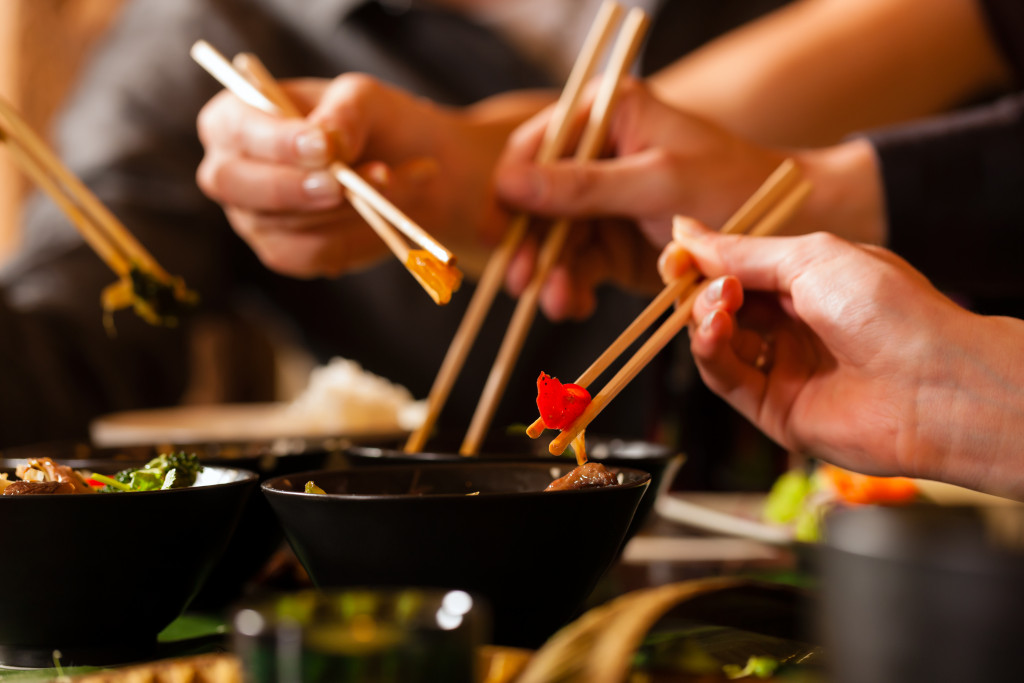A major aspect of what defines a society is the food we eat and our choices regarding this food. As we consider this, let us explore three key trends in the food industry after COVID-19.
Better Menus, More Options
One of the many lessons the COVID-19 global pandemic has taught businesses and individuals alike is that we cannot take anything for granted. No matter who we are or what we have achieved in the past, certain things cannot be controlled. Disasters can happen at any time, and oftentimes they will come unannounced.
As such, there is a constant need for innovation, a need to continue pushing the envelope, to continue evolving and adapting. Otherwise, we will not thrive, let alone survive in the new normal we are currently facing and, will continue to endure for the months and even years to come.
From a food industry perspective, the same is true. As restaurants, cafes, diners, and other food establishments begin to reopen their doors to existent and potential clients, they need to find ways to differentiate themselves from the competition. They cannot afford to rest on their laurels and trust that their past success or brand name will carry them through the hard times ahead.
For instance, if a local breakfast and lunch cafe is to flourish after the pandemic, it should provide its clientele with various food options that are both healthy, well-presented, and delicious. Not only that, but they should also offer flexible opening hours, an online delivery service, and even coupons and gift cards.
Reliability, Hygiene, and Safety
In the past few months, several theories have been popping up regarding the origins of the coronavirus. While skeptics and conspiracy theorists argue that it was designed as a biological weapon in either an American or Chinese secret laboratory, most agree that its genesis is zoonotic. In Layman’s terms, the idea of zoonosis entails the transmission of an infectious disease from a species of animal to a human being.
But what does this have to do with the food industry? While there are different ways one could tackle this question, the simple answer is that animals are the greatest, most important source of food for people. Even if the number of vegetarians, vegans, and other plant-based food-eating groups continues to rise, you will be hard-pressed to find a restaurant that doesn’t offer meat, pork, fish, or several types of Aves including chickens, ducks, quail, and turkeys.
As a result, it has become imperative for governments, regulatory organizations, and food establishments to up the ante on their food safety standards and put in place stricter regulations that ensure people are not risking their lives by walking into a McDonald’s, Burger King, or Pizza Hut eatery near their homes. Furthermore, if and once they do walk inside, they should be greeted by employees who are properly dressed and dining accommodations that allow for social distancing and easy upkeep.
Sustainability and Environmental Protection

Aside from the growing risk of other pandemics stemming from the coronavirus and global public health matters, few issues have been more at the forefront than sustainability and environmental protection. As the world becomes more populated and there are fewer natural resources due to global warming and climate change, saving the current food resources we have on our planet is more imperative now than perhaps at any other moment in our history.
Luckily, governments the world over, private companies, and individuals alike have taken note of the times we live in and are starting to put in place the necessary changes to guarantee those coming after us will have enough food for themselves, their children, and their grandchildren.
A clear example of this is what is commonly known as the democratization of the food industry. In essence, this entails a three-way collaboration among society and the environment and the different mechanisms by which food is produced either to be sold in supermarkets and other shops or consumed by the public in restaurants.
Through community engagement, healthy eating, responsible marketing, supply chain waste management, water-saving, and ethical and fair trade, we are all part of a collective to maximize what we have while tackling issues like global hunger in developing countries, the use of pesticides and insecticides, and even GMOs.
As we can see, three clear trends in the restaurant and food industries are better menus and more varied food options in retail establishments, reliability, safety and hygiene, and food sustainability for the generations to come.
As human beings, nothing is more important to our survival than having enough food to consume in a healthy environment. Thus, they are as relevant today as they have ever been.

